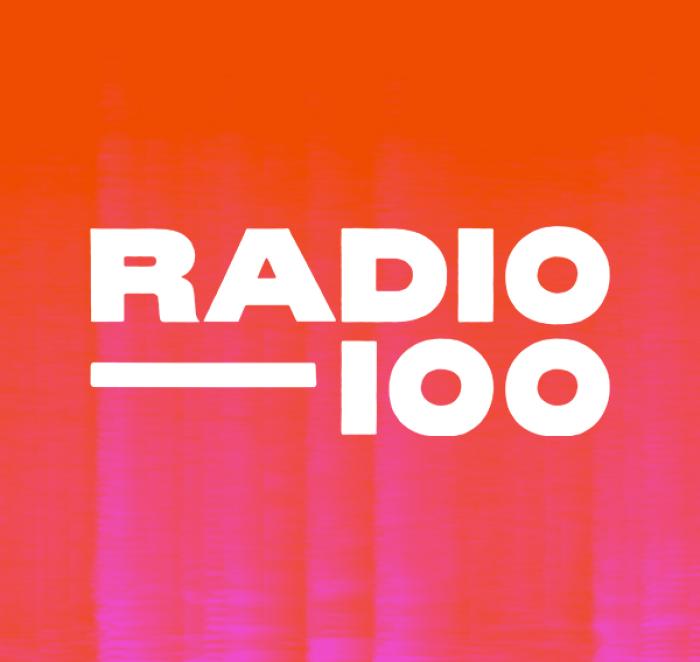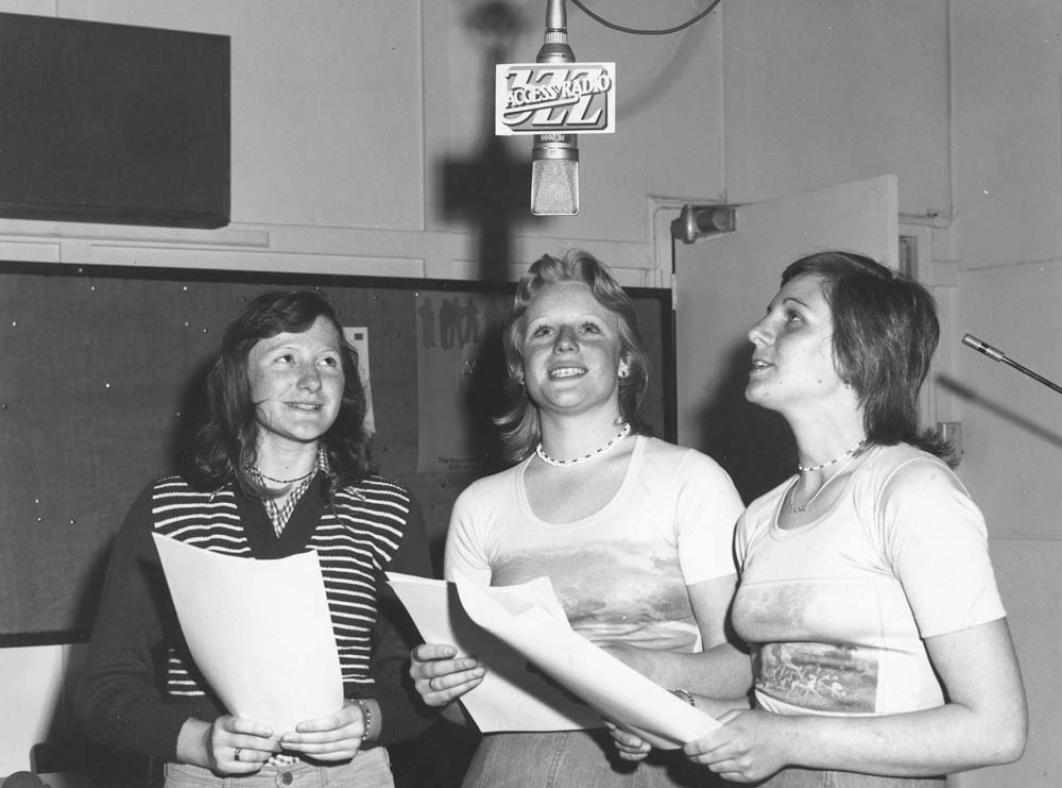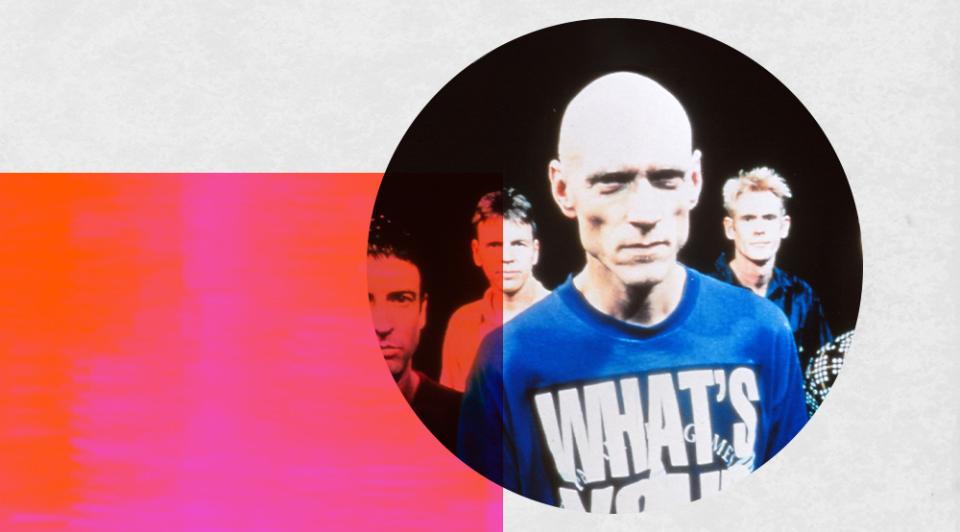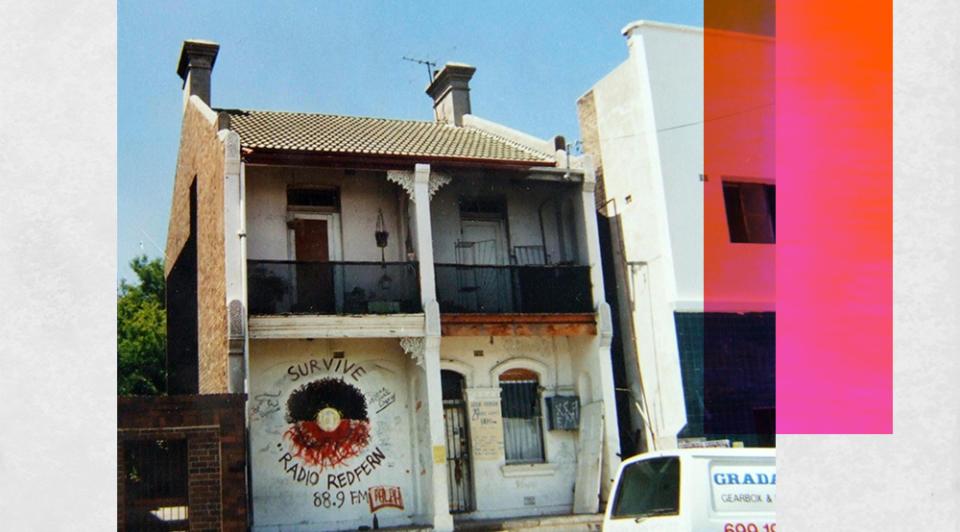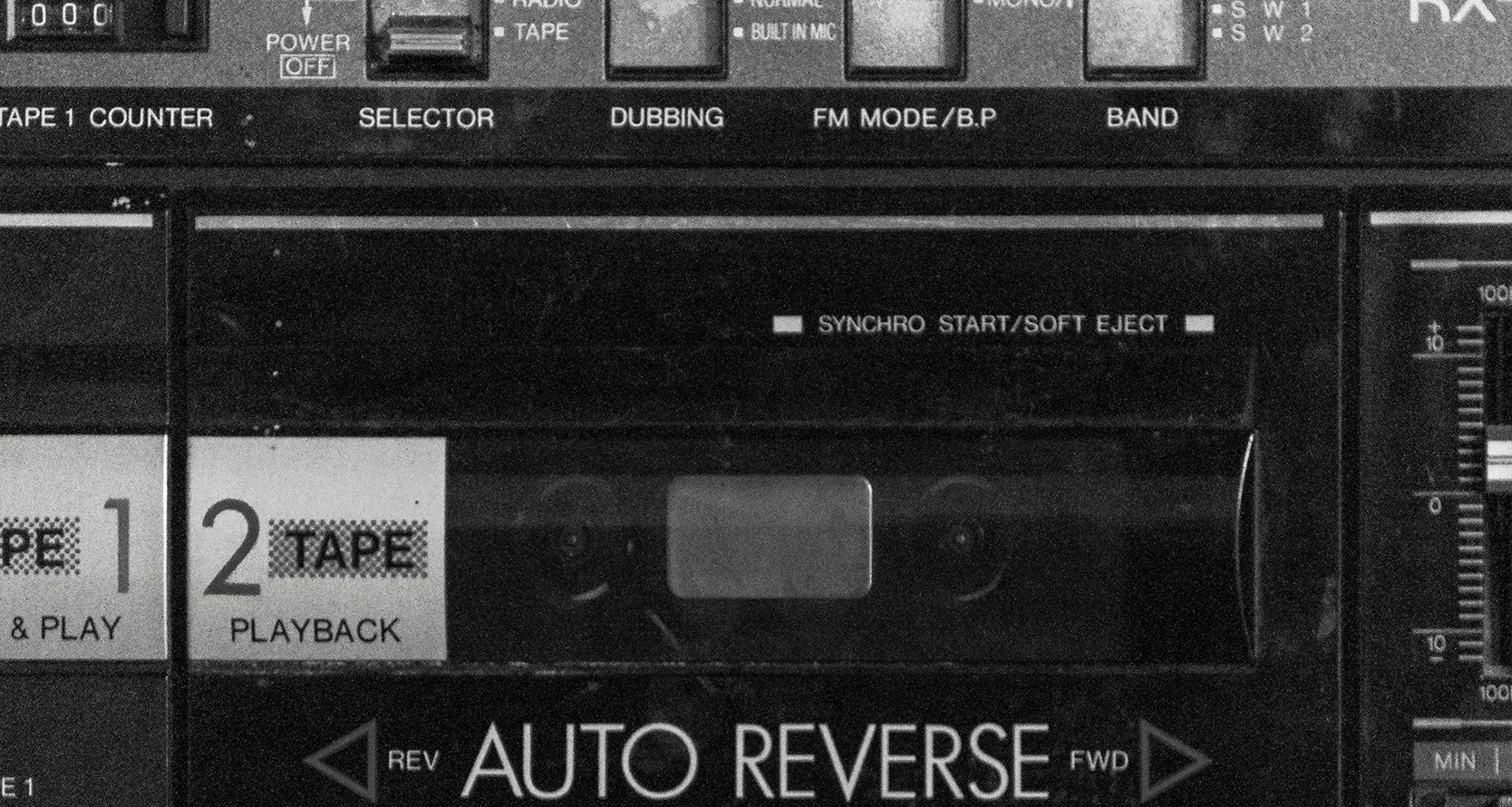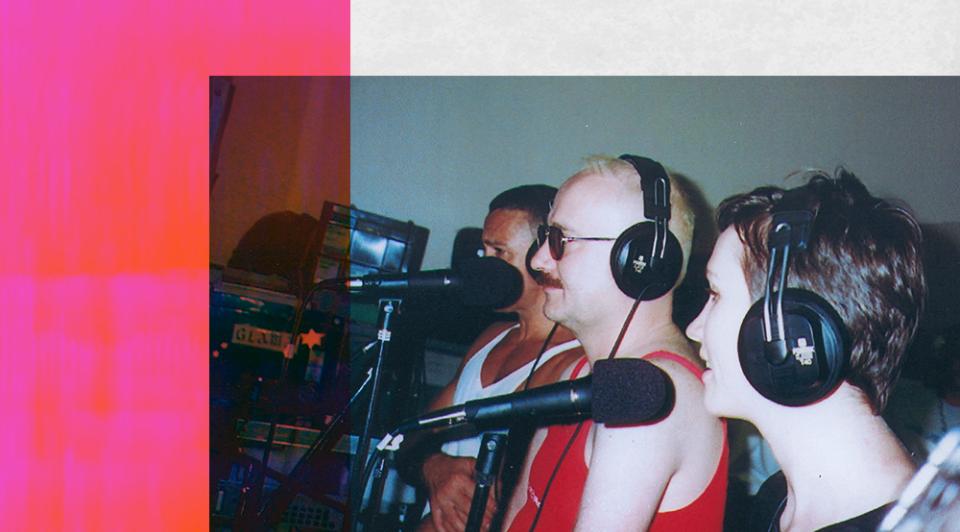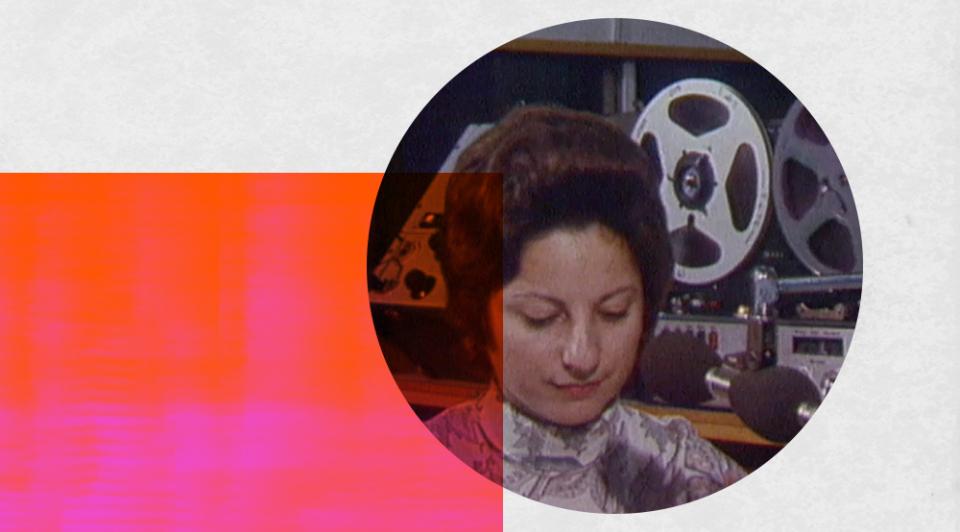
Warning: this page contains names, images or voices of deceased Aboriginal and Torres Strait Islander people.
Finding community through radio
By the 1970s, radio had cemented its place in our lives, but for many, the voices they heard weren’t reflective of their own experience. Imagine, then, the power in switching on your radio and, for the first time, your own stories and music were beamed back to you.
Read All the Voices: Finding community through radio
Image: Poster advertising CAAMA cassettes, 1984. Artwork: Redback Graphix. NFSA title: 684959

All the Voices radio posters and ephemera
As radio started reflecting the diversity of Australian voices, it wasn't long until the artwork caught up too. From the 1980s, radio posters illustrated the range of languages and broadcasters on the air.

The Central Australian Aboriginal Media Association’s radio station 8-KIN has been broadcasting since 1982. A crowd of smiling faces of family and community fills this large screen-printed poster by Redback Graphix. The station’s tag was ‘Aboriginal Radio in Aboriginal County’ and the imagery and text work together to succinctly describe one of the key goals of First Nations radio: presenting shows for community, by community, in the community.

In this photo, 3ZZ’s Mario Pinti shows off his portable tape recorder which has the ‘3ZZ Access Radio’ logo proudly displayed on the front. Behind him is the Melbourne skyline. 3ZZ was a community supported, and ABC-owned, ‘ethnic broadcasting’ station, which allowed everyday people to present on air in their own languages. While the station closed after only two years – despite community lobbying to keep it open – 3ZZ laid the foundations for community stations such as 3ZZZ, which went to air a decade later.
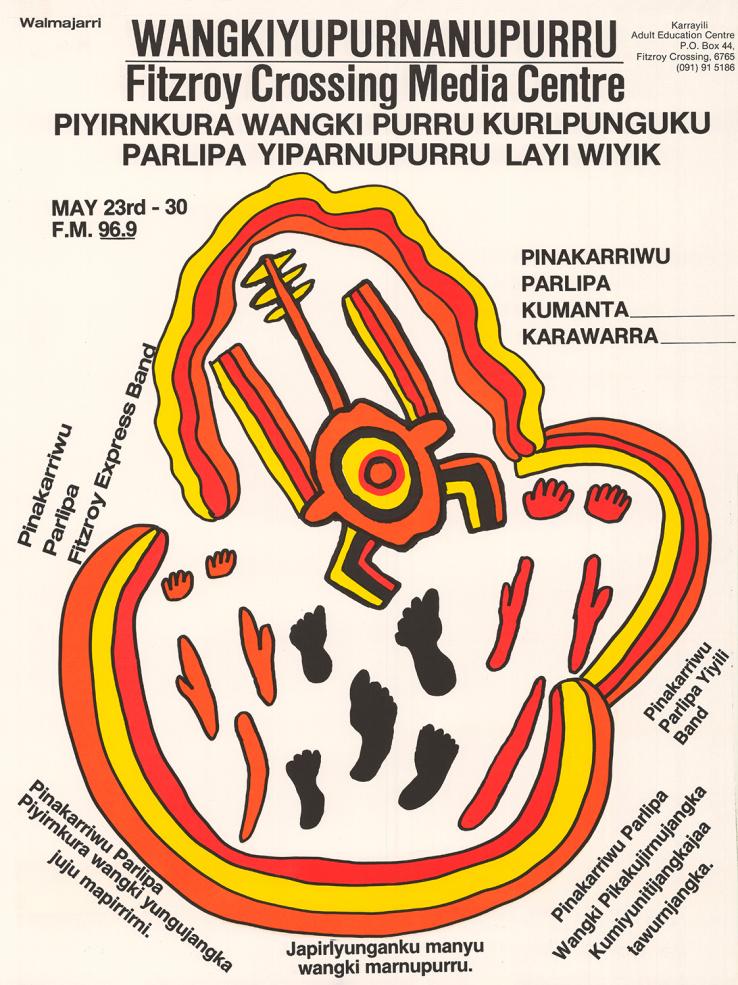
In response to the changing technological and media landscape of the late 1980s, Aboriginal Elders from Fitzroy Crossing lobbied for a radio station to broadcast local news, stories and music in Language. Today, Wangki Yupurnanupurru Radio reaches over 40 communities. The station takes its name from the Walmajarri phrase for 'sending out a message'. In this poster, words in Language are scattered around the edge, brought together through Wangki Radio’s logo in the centre and a gathering of footprint motifs. Rendered in red, black, yellow and orange, the words and imagery imbue a strong sense of community and Language, ideas at the heart of Wangki Radio.
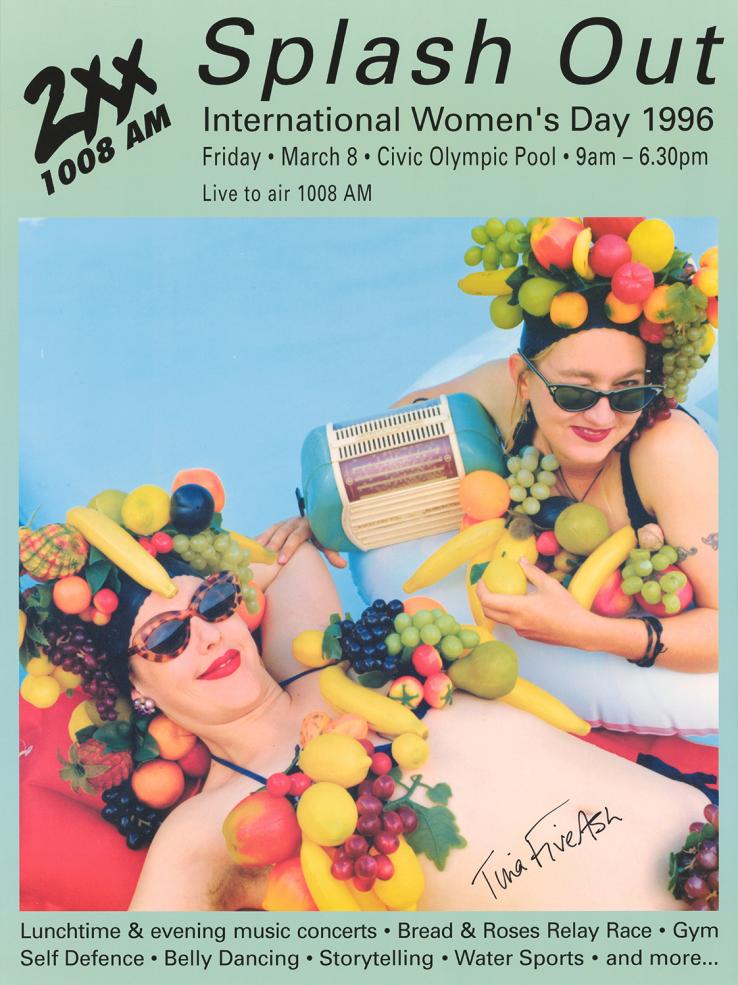
In the late 1990s, Canberra’s community radio station 2XX celebrated International Women’s Day with a live poolside broadcast which included bands, novelty races, poetry, self-defence lessons and ‘gossip and mythmaking’. This colourful photograph by Tina Fiveash promotes the event with a sense of playfulness and joy, as the models float in the pool: shades on, adorned in plastic fruit and holding a vintage radio set.
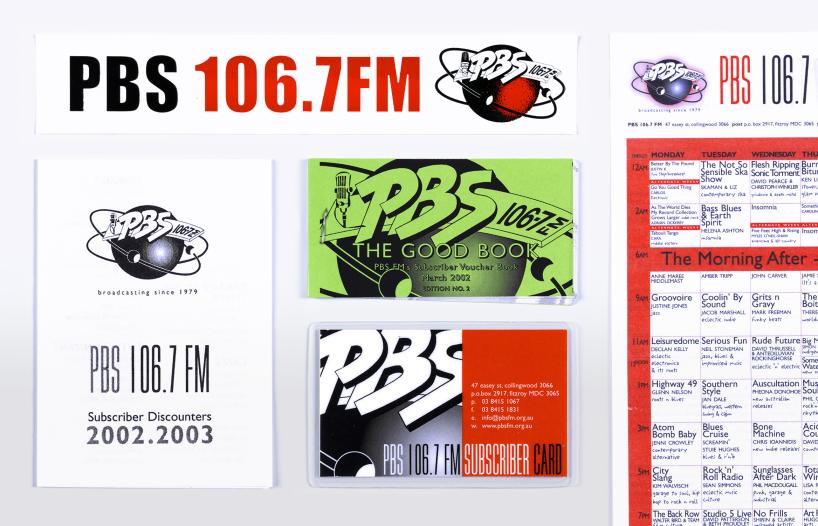
PBS FM is a community radio station based in Melbourne since 1979. The station's aim is to support local and underrepresented music across all genres. Much of PBS' finances come from paid memberships to the station, particularly during their annual radio festival. In return for their membership fee, PBS members receive several benefits including a bumper sticker and a card which provides access to discounts from certain retail outlets. The examples seen here are from the early 2000s.

In the early 1980s, Rick Tanaka brought Japanese pop and rock to Sydney’s airwaves via his show Tokyo Hit Beat. An extension of Rick’s work on the cult triple j show The Nippi Rock Shop, which he co-hosted with Tony Barrell, Tokyo Hit Beat gave listeners a different view on Japanese music and culture. This poster promoting the show was designed and printed by Michael Callaghan from Redback Graphix. Among the cacophony of images, Rick is depicted up front, emerging from a collaged sea of Japanese musical artists, while Godzilla terrorises the Sydney skyline behind.
Listen to the podcast episode: Voices Carry
Radio has always been great at bringing people together. But while the earliest programming was designed to get everyone listening over time, radio also created places for communities to hold their own conversations. From the early days of pirate radio to the rise of licensed community broadcasters, community radio has had an invaluable impact on Australian society. In Episode 5 of Who Listens to the Radio? we explore how community radio has served as a pivotal lifeline for minority groups and communities and provided a platform for stories and perspectives that the mainstream often overlooks.
Diverse voices on the air
From the 1970s onwards, pioneering community and other broadcasters contribute to First Nations, LGBTQIA+, women and multilingual speakers hearing more of their voices on air.
Deadly Sounds was a weekly one-hour First Nations Australian radio program hosted by journalist, actor and author Rhoda Roberts and heard on 200 stations.
The program ran for 21 years and in the opening episode from 1993, Roberts emphasised that the show was centred around 'our music, made by our people'.
Listen to clips of Rhoda Roberts discussing racism in sport with Nicky Winmar, interviewing Deborah Mailman about auditioning for The Secret Life of Us, and talking with Archie Roach about his song 'F Troop'.
Image: Rhoda Roberts
Australia’s first and only LGBTQIA+ community radio station broadcasts live from the 2018 Sydney Gay and Lesbian Mardi Gras.
Fiona McLeod and Julie Goodall from 4ZZZ-FM discuss sexist programming, gendered language and the lack of women on air in 1979. Image: 3ZZ Access Radio, 1975.
More than 12,000 of the records from the 2EA and 3EA (later SBS Radio) radio station libraries are now in the NFSA collection.
Community radio typically plays a wider range of genres than commercial stations and can give independent artists a chance to be heard.
In 1983, Midnight Oil lead singer Peter Garrett spoke at the Australian Broadcasting Tribunal Inquiry to praise the support community radio gives Australian music artists not deemed ‘commercial’ enough.
Radio Redfern in Sydney played a pivotal role in the national bicentennial protests on 26 January 1988.
Radio Redfern was a program dedicated to Sydney’s Aboriginal community in the 1980s. During the bicentennial protests on 26 January 1988, it was an important source of information regarding the marches occurring in Sydney.
Gaywaves began in 1979, covering everything from police raids to AIDS vigils to Doris Day.
In November 1979, a time when homosexual acts between men were illegal in NSW, Gaywaves went to air and offered connection, community and critical information.
An experiment to explain Medicare to immigrants in their first language succeeded and paved the way for SBS Audio.
Originally set up to explain Medibank (now Medicare) to immigrants in their first language, SBS Audio has grown to provide news, music and talk to over 60 language communities. But in its earliest days, announcers paid for their own records to play on air.
Interview with All the Voices curator Crispian Winsor
All the Voices curator Crispian Winsor shares some of the important developments in radio since the 1970s that have led to a better representation of Australian voices on air.
He discusses the power of community radio in giving people a platform, like Melbourne’s 3CR presenting live broadcasts at Victorian prisons.
Community was also a training ground for future radio stars, including 2SER's Richard Kingsmill, who presented Money, Not Harmony, a four-part series on the state of the Australian music industry in 1988.
Crispian also shares the items in the All the Voices collection that mean the most to him.
All the Voices tech inspection
As Australian radio evolved and diversified, so did the tech. Some will still remember waking up to a digital clock radio, taping directly off air, or switching their Walkman between AM, FM and cassette. This was tech in a transitory time before the switch to smartphones and digital.
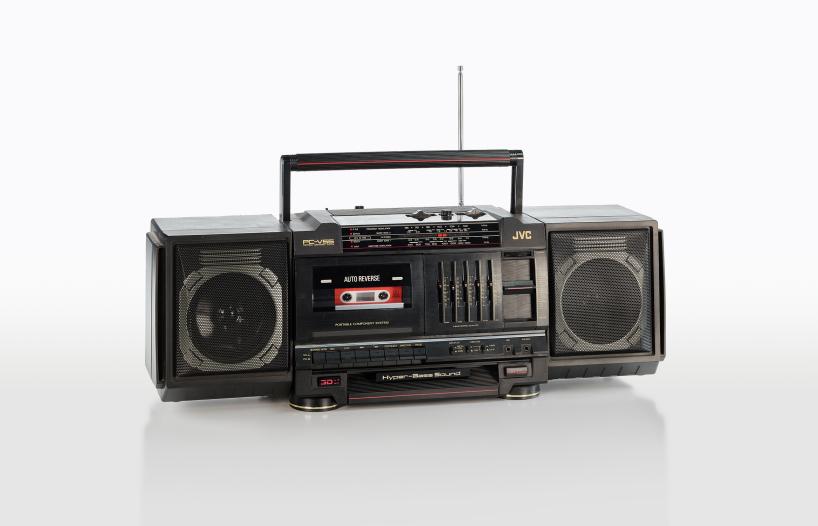
Community radio first went to air in the early 1970s and, by the 1980s, around 50 community radio stations were broadcasting across Australia. You could listen back on stereo systems like this JVC component system PVC-V55 from 1987. These types of systems integrated radio receivers with cassette recording and playback, making it easy to tape directly off air. The perfect mixtape was crafted through both luck and skill: hitting record right at the top of a song, and perhaps even taping your own radio presenter-like spoken introductions.

Sony first released the Walkman in 1979. By the 1980s, the players were so popular that the name Walkman had become synonymous with portable audio players. The Walkman and its counterparts had a big impact on listening habits, enabling listeners more freedom and personal choice than traditional radio broadcasting. Released in 1990, the WM-F2015 model allowed listeners to choose between audio cassette tapes, or AM and FM frequencies.

This is a Japanese standalone radio tuner from the mid-1970s. These were popular at the time as a component to add to existing stereo systems. Their popularity was later superseded by compact stereo systems which contained several pieces of audio equipment combined into one package. Due to the high manufacturing standards of the time, these radios are highly regarded and are still sought after by collectors today.
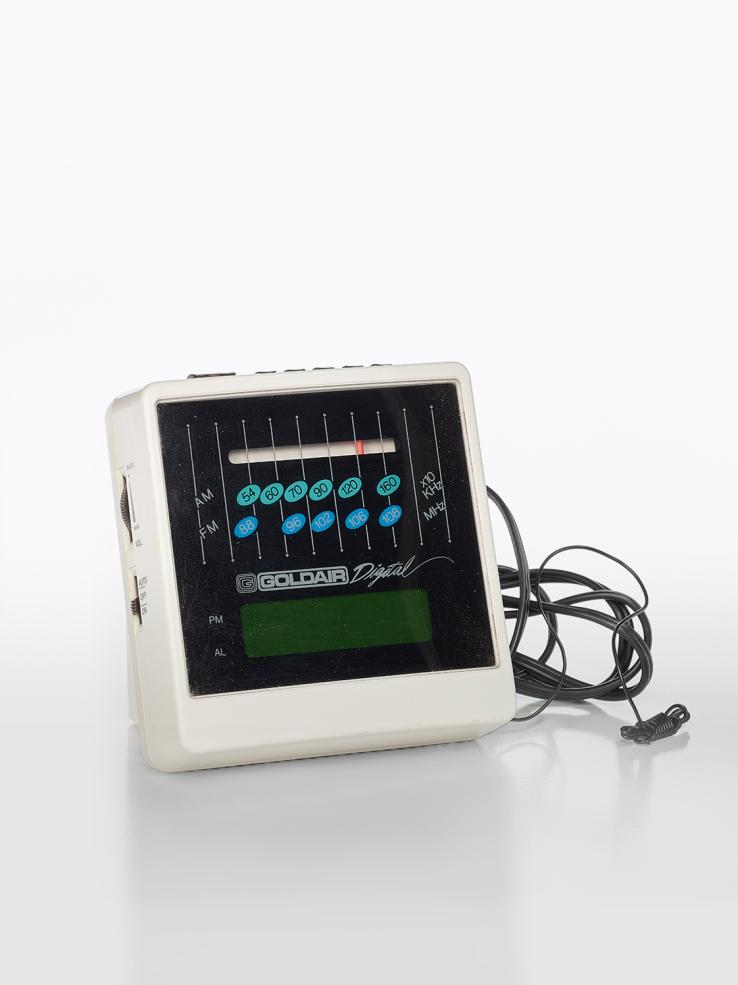
Digital clock radios became very popular in the 1970s, allowing users to wake up to the radio in the mornings rather than a loud intrusive alarm noise. The item seen here was released by Goldair around 1980. This model is notable for making the radio bands more prominent in the design than the time display. Due to the rise of smartphones, digital clock radios are rarely made and sold anymore, making this item seem rather quaint.
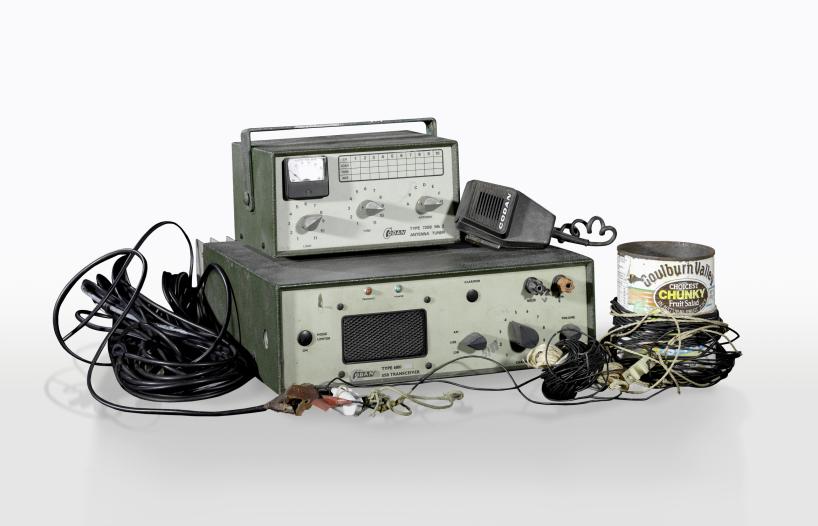
Robert Wesley-Smith used this radio transmission equipment to receive and publicise broadcasts from Radio Maubere, an East Timorese radio station run by the Timorese liberation movement, Fretilin,from September 1975 to December 1978. The homemade, clandestine receiver – complete with a fruit-tin antenna – was frequently moved around Darwin to avoid detection and prosecution as Wesley-Smith and other activists received, recorded and distributed the information heard over the airwaves.
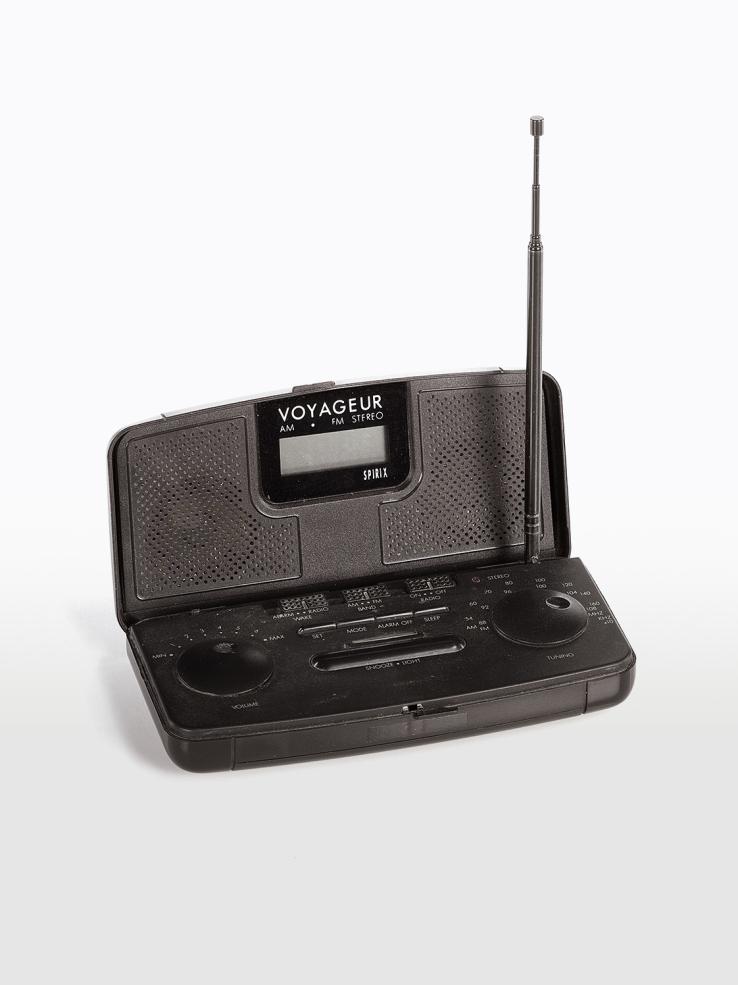
Portable transistor radios have been available for several decades in different shapes and sizes. However, this one is particularly small and compact. Not only is it battery operated but all of the elements, including speakers and an extended aerial, fit neatly within its own container. By the time that this item was released (circa 1990), the transistor radio was being replaced by newer technology such as the Walkman, which offered the option of listening to cassettes as well as the radio.
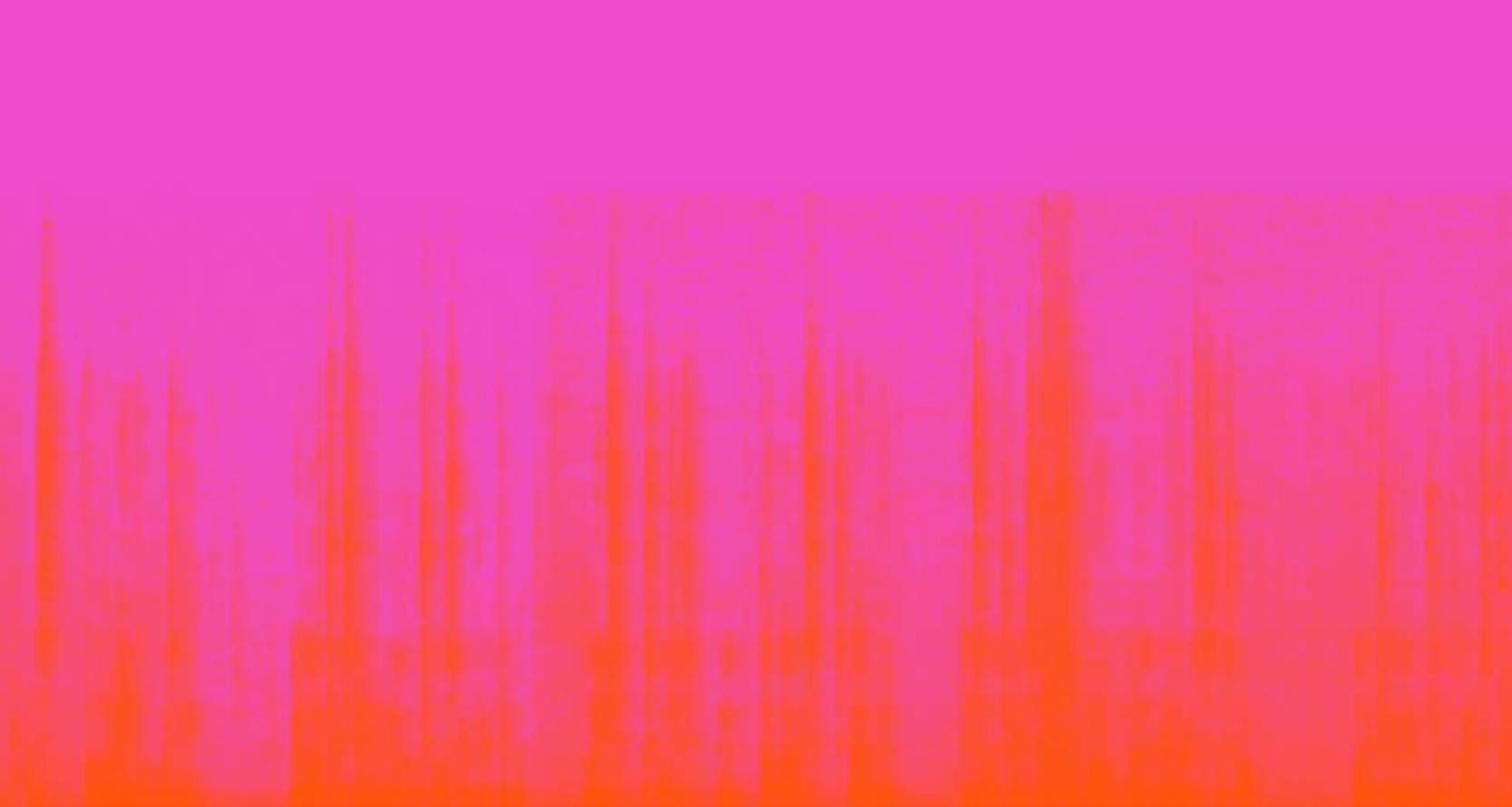
The National Film and Sound Archive of Australia acknowledges Australia’s Aboriginal and Torres Strait Islander peoples as the Traditional Custodians of the land on which we work and live and gives respect to their Elders both past and present.

